Home>Furniture & Design>Bathroom Accessories>What Caulk To Use On A Bathtub
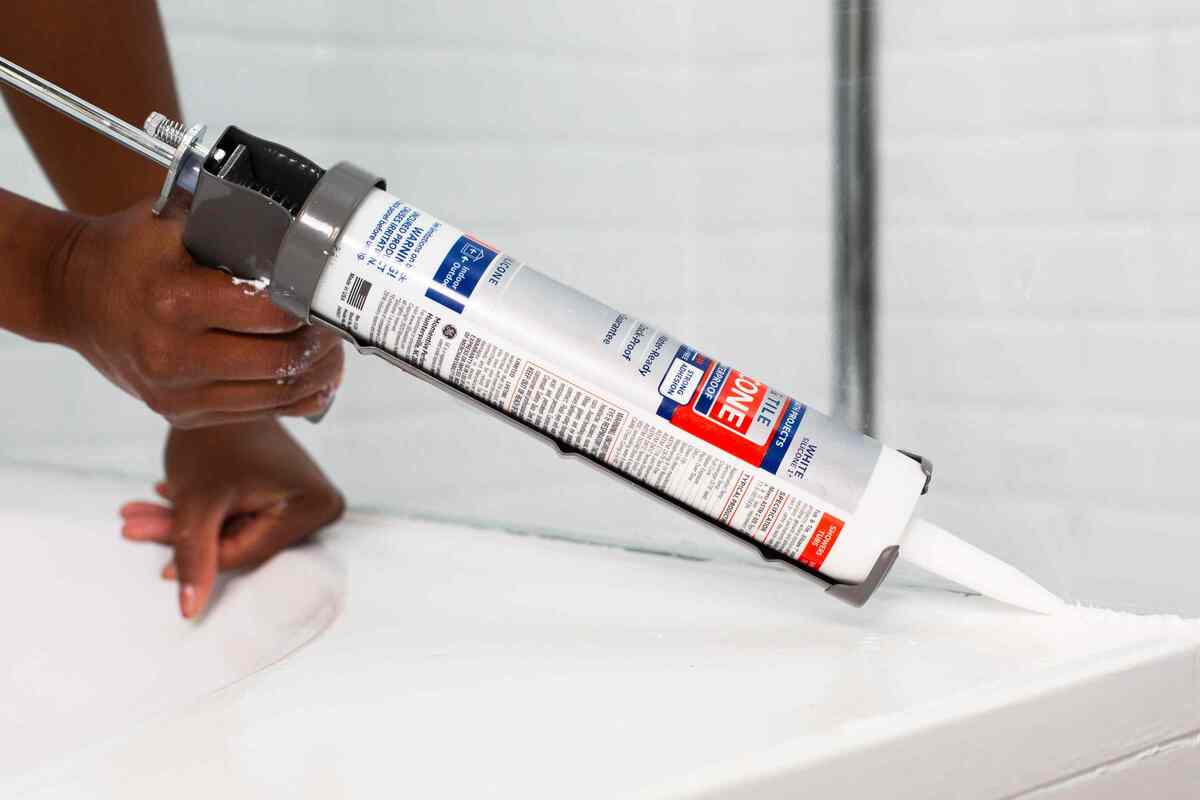

Bathroom Accessories
What Caulk To Use On A Bathtub
Modified: February 29, 2024
Find the best caulk for your bathtub with our expert guide. Ensure a watertight seal and prevent leaks with the right bathroom accessories.
(Many of the links in this article redirect to a specific reviewed product. Your purchase of these products through affiliate links helps to generate commission for Storables.com, at no extra cost. Learn more)
Types of Caulk for Bathtubs
When it comes to sealing and protecting your bathtub, choosing the right caulk is crucial. There are various types of caulk available, each with its own unique properties and applications. Understanding the differences between these caulks can help you make an informed decision for your specific needs.
Read more: What Is The Best Caulk To Use On A Bathtub
Silicone Caulk
Silicone caulk is a popular choice for sealing bathtubs due to its exceptional water resistance and flexibility. It forms a durable, waterproof seal that can withstand frequent exposure to moisture and temperature changes. Additionally, silicone caulk is known for its long-lasting performance, making it an ideal option for high-moisture areas like bathrooms.
Acrylic Caulk
Acrylic caulk is another common option for sealing bathtubs. It is easy to apply and clean up, making it a convenient choice for DIY enthusiasts. While acrylic caulk offers good adhesion and flexibility, it may not be as water-resistant as silicone caulk. However, it is available in a wide range of colors, allowing you to match the caulk with your bathtub or tiles seamlessly.
Latex Caulk
Latex caulk is a versatile option that is suitable for various sealing applications, including bathtubs. It is easy to work with and can be painted over once it dries, providing a seamless finish. While latex caulk offers decent water resistance, it may not be as durable as silicone or polyurethane caulk, making it more suitable for low-moisture areas.
Butyl Rubber Caulk
Butyl rubber caulk is known for its excellent adhesion and weather resistance, making it a reliable choice for outdoor applications. However, it can also be used to seal bathtubs, especially in areas where high flexibility and durability are required. Butyl rubber caulk is resistant to water and mildew, making it a suitable option for maintaining a watertight seal in the bathroom.
Read more: What Type Of Caulk For Bathtub
Polyurethane Caulk
Polyurethane caulk is valued for its exceptional durability and flexibility. It forms a strong bond with various materials and can withstand significant joint movement without cracking or deteriorating. While polyurethane caulk offers excellent water resistance, it may require more time to cure fully. This type of caulk is well-suited for demanding sealing tasks in high-moisture environments.
Understanding the unique characteristics of each type of caulk can help you make an informed decision when selecting the most suitable option for your bathtub. Consider factors such as water resistance, flexibility, durability, and ease of application to ensure that the chosen caulk meets your specific requirements. With the right caulk, you can effectively seal and protect your bathtub, maintaining a watertight and visually appealing finish for years to come.
Key Takeaways:
- Choose silicone caulk for your bathtub for exceptional water resistance, durability, and ease of application. It maintains a watertight seal, prevents mold growth, and offers a visually appealing finish.
- Consider butyl rubber caulk for high flexibility, weather resistance, and durability in demanding environments. It effectively prevents water damage and maintains the visual appeal of your bathtub.
Silicone Caulk
Silicone caulk is a versatile and highly effective sealing solution for bathtubs, renowned for its exceptional water resistance and flexibility. Composed of silicone polymers, this type of caulk forms a durable, waterproof seal that can withstand frequent exposure to moisture and temperature changes. Its ability to maintain a watertight barrier makes it an ideal choice for sealing joints and gaps in and around bathtubs.
One of the key advantages of silicone caulk is its long-lasting performance. Once applied, it offers a reliable seal that can endure the rigors of daily use in a bathroom environment. This durability ensures that the seal remains intact, preventing water from seeping into areas where it can cause damage over time. Additionally, silicone caulk's resistance to mold and mildew growth further contributes to its suitability for use in high-moisture areas.
In terms of application, silicone caulk is relatively easy to work with, making it a popular choice for both professionals and DIY enthusiasts. It can be applied smoothly and adheres well to various materials commonly found in bathrooms, such as ceramic, porcelain, and fiberglass. Furthermore, silicone caulk is available in a range of colors, allowing for seamless integration with the existing aesthetic of the bathtub and surrounding tiles.
Flexibility is another notable characteristic of silicone caulk. It can accommodate the natural movement and settling of the bathtub and its surroundings without compromising the integrity of the seal. This flexibility is essential for maintaining a long-term watertight barrier, especially in environments where temperature and humidity fluctuations are common.
When considering the maintenance of a bathtub seal, silicone caulk's resistance to discoloration and degradation is a significant advantage. It retains its original appearance over time, contributing to a clean and visually appealing finish in the bathroom. This not only enhances the overall aesthetic but also simplifies the upkeep of the bathtub area.
In summary, silicone caulk stands out as an excellent choice for sealing bathtubs due to its exceptional water resistance, durability, flexibility, and ease of application. By selecting silicone caulk for your bathtub sealing needs, you can ensure a reliable and long-lasting solution that effectively protects against water damage and maintains the visual appeal of your bathroom for years to come.
Acrylic Caulk
Acrylic caulk is a versatile and popular choice for sealing bathtubs, offering a range of benefits that make it well-suited for various applications. Composed of acrylic polymers, this type of caulk is known for its ease of use, durability, and compatibility with different surfaces commonly found in bathrooms.
One of the primary advantages of acrylic caulk is its ease of application. It can be smoothly applied to joints and gaps, creating a seamless seal that effectively prevents water infiltration. This ease of use makes it a preferred option for DIY enthusiasts and professionals alike, as it simplifies the process of sealing bathtubs and ensures a consistent and reliable outcome.
In addition to its application convenience, acrylic caulk is also known for its ease of cleanup. Excess caulk can be readily removed with water, allowing for a tidy and efficient sealing process. This characteristic contributes to a smoother and more manageable application experience, particularly for individuals who may be less experienced in working with caulking materials.
Furthermore, acrylic caulk offers good adhesion to a variety of surfaces, including ceramic, porcelain, and fiberglass, which are commonly used in bathtub construction. This strong adhesion ensures that the caulk forms a secure and long-lasting seal, effectively preventing water from seeping into joints and causing potential damage over time.
While acrylic caulk provides reliable adhesion, it is important to note that its water resistance may not be as robust as that of silicone caulk. As such, it may be more suitable for areas of the bathtub that are less prone to direct water exposure. However, its availability in a wide range of colors allows for seamless integration with the existing aesthetic of the bathtub and surrounding tiles, enhancing the overall visual appeal of the sealed areas.
In summary, acrylic caulk offers a convenient and effective solution for sealing bathtubs, combining ease of application, strong adhesion, and compatibility with various surfaces. While it may not provide the same level of water resistance as silicone caulk, its versatility and ease of use make it a valuable option for maintaining and protecting bathtubs in residential and commercial settings.
Latex Caulk
Latex caulk is a versatile and widely used sealing solution that offers several advantages for sealing bathtubs and other areas in the bathroom. Composed of acrylic resins and latex, this type of caulk is valued for its ease of application, paintability, and compatibility with a variety of surfaces commonly found in bathrooms.
One of the key benefits of latex caulk is its ease of use. It can be applied smoothly to joints and gaps, creating a reliable seal that effectively prevents water infiltration. This ease of application makes it a preferred option for individuals undertaking DIY projects, as well as professionals seeking a convenient and efficient sealing solution. Additionally, latex caulk can be easily tooled and smoothed, ensuring a neat and professional finish.
Another notable advantage of latex caulk is its paintability. Once it has fully cured, latex caulk can be painted over, allowing for seamless integration with the existing color scheme of the bathtub and surrounding tiles. This paintability provides flexibility in achieving a cohesive and visually appealing finish, enhancing the overall aesthetic of the bathroom.
In terms of adhesion, latex caulk offers good bonding to various materials commonly found in bathrooms, such as ceramic, porcelain, and fiberglass. This strong adhesion ensures that the caulk forms a durable and long-lasting seal, effectively preventing water from seeping into joints and causing potential damage over time.
While latex caulk provides reliable adhesion and ease of application, it is important to consider its water resistance. While it offers decent water resistance, it may not be as durable in high-moisture environments as silicone or polyurethane caulk. Therefore, it may be more suitable for areas of the bathtub that are less prone to direct water exposure.
In summary, latex caulk is a versatile and practical option for sealing bathtubs, offering ease of application, paintability, and strong adhesion to various surfaces. While it may not provide the same level of water resistance as silicone or polyurethane caulk, its versatility and compatibility make it a valuable choice for maintaining and protecting bathtubs in residential and commercial settings.
Read more: How To Caulk Around Bathtub
Butyl Rubber Caulk
Butyl rubber caulk is a highly versatile and reliable sealing solution that offers exceptional adhesion and weather resistance, making it a valuable option for sealing bathtubs and other high-moisture areas in the bathroom. Composed of synthetic rubber compounds, this type of caulk is known for its ability to create a durable and long-lasting seal that effectively prevents water infiltration and maintains the integrity of joints and gaps.
One of the key advantages of butyl rubber caulk is its outstanding adhesion properties. It forms a strong bond with a variety of materials commonly found in bathrooms, including ceramic, porcelain, and fiberglass. This strong adhesion ensures that the caulk creates a secure and watertight seal, effectively preventing water from seeping into joints and causing potential damage over time. Additionally, the robust adhesion of butyl rubber caulk contributes to its durability, making it a reliable choice for maintaining the integrity of bathtub seals in demanding environments.
In addition to its exceptional adhesion, butyl rubber caulk offers impressive weather resistance, making it suitable for both indoor and outdoor applications. Its ability to withstand temperature fluctuations and exposure to moisture makes it an ideal option for sealing bathtubs, where consistent performance in high-moisture conditions is essential. This weather resistance ensures that the caulk maintains its effectiveness over time, providing long-term protection against water damage and mold growth.
Furthermore, butyl rubber caulk is known for its flexibility, allowing it to accommodate the natural movement and settling of the bathtub and its surroundings. This flexibility is crucial for maintaining a durable and long-lasting seal, especially in environments where temperature and humidity fluctuations are common. By adapting to the dynamic conditions of the bathroom, butyl rubber caulk effectively prevents cracks and gaps from forming in the seal, ensuring continuous protection against water infiltration.
While butyl rubber caulk offers exceptional adhesion, weather resistance, and flexibility, it is important to consider its application and curing characteristics. Proper application and sufficient curing time are essential for achieving optimal performance and longevity. Additionally, butyl rubber caulk is available in a range of colors, allowing for seamless integration with the existing aesthetic of the bathtub and surrounding tiles, enhancing the overall visual appeal of the sealed areas.
In summary, butyl rubber caulk stands out as a reliable and durable option for sealing bathtubs, offering exceptional adhesion, weather resistance, and flexibility. By selecting butyl rubber caulk for bathtub sealing needs, individuals can ensure a long-lasting and effective solution that effectively protects against water damage and maintains the visual appeal of the bathroom for years to come.
Polyurethane Caulk
Polyurethane caulk is a highly versatile and durable sealing solution that offers exceptional performance in sealing bathtubs and other high-moisture areas in the bathroom. Composed of polyurethane polymers, this type of caulk is valued for its exceptional durability, flexibility, and water resistance, making it an ideal choice for demanding sealing tasks in environments where exposure to moisture and temperature fluctuations is common.
One of the key advantages of polyurethane caulk is its exceptional durability. It forms a strong and long-lasting bond with various materials commonly found in bathrooms, such as ceramic, porcelain, and fiberglass. This durability ensures that the caulk creates a reliable and watertight seal, effectively preventing water from seeping into joints and causing potential damage over time. Additionally, the robust nature of polyurethane caulk contributes to its longevity, making it a reliable choice for maintaining the integrity of bathtub seals in high-moisture environments.
In addition to its durability, polyurethane caulk offers impressive flexibility, allowing it to accommodate the natural movement and settling of the bathtub and its surroundings. This flexibility is essential for maintaining a durable and long-lasting seal, especially in environments where temperature and humidity fluctuations are common. By adapting to the dynamic conditions of the bathroom, polyurethane caulk effectively prevents cracks and gaps from forming in the seal, ensuring continuous protection against water infiltration.
Furthermore, polyurethane caulk is known for its exceptional water resistance, making it suitable for applications where exposure to moisture is a concern. Its ability to withstand prolonged exposure to water and moisture without deteriorating ensures that the caulk maintains its effectiveness over time, providing long-term protection against water damage and mold growth. This water resistance is particularly valuable in maintaining the integrity of bathtub seals, where consistent performance in high-moisture conditions is essential.
While polyurethane caulk offers exceptional durability, flexibility, and water resistance, it is important to consider its application and curing characteristics. Proper application and sufficient curing time are essential for achieving optimal performance and longevity. Additionally, polyurethane caulk is available in a range of colors, allowing for seamless integration with the existing aesthetic of the bathtub and surrounding tiles, enhancing the overall visual appeal of the sealed areas.
In summary, polyurethane caulk stands out as a reliable and durable option for sealing bathtubs, offering exceptional durability, flexibility, and water resistance. By selecting polyurethane caulk for bathtub sealing needs, individuals can ensure a long-lasting and effective solution that effectively protects against water damage and maintains the visual appeal of the bathroom for years to come.
Factors to Consider When Choosing Caulk
When selecting the most suitable caulk for sealing a bathtub, several important factors should be taken into consideration to ensure optimal performance and longevity. By carefully evaluating these factors, individuals can make informed decisions that align with their specific sealing needs and environmental conditions.
Application and Drying Time
The application and drying time of the chosen caulk play a significant role in the overall sealing process. Consider the ease of application, as well as the time required for the caulk to cure fully. Some caulks may offer quick drying times, making them ideal for projects that require expedited completion, while others may require longer curing periods to achieve maximum effectiveness. Understanding the application and drying characteristics of the caulk can help in planning and executing the sealing process efficiently.
Read more: How To Do Caulking In The Bathtub
Waterproof and Mildew-Resistant Properties
The ability of the caulk to withstand prolonged exposure to water and moisture is crucial, especially in high-moisture environments such as bathrooms. Look for caulks with excellent waterproof properties, as well as resistance to mold and mildew growth. A waterproof and mildew-resistant caulk can effectively maintain a watertight seal, preventing water damage and the unsightly appearance of mold and mildew in the sealed areas.
Flexibility and Durability
The flexibility and durability of the caulk are essential considerations for ensuring long-term effectiveness. A flexible caulk can accommodate the natural movement and settling of the bathtub and its surroundings, preventing cracks and gaps from forming in the seal. Additionally, a durable caulk can withstand the rigors of daily use and exposure to moisture, maintaining its integrity over time. Evaluating the flexibility and durability of the caulk is crucial for achieving a reliable and long-lasting seal.
Color and Finish Options
The aesthetic integration of the caulk with the existing bathtub and tile surfaces is an important aspect to consider. Many caulks are available in a variety of colors and finishes, allowing for seamless blending with the surrounding decor. By selecting a caulk that complements the visual appeal of the bathtub and its surroundings, a cohesive and polished finish can be achieved, enhancing the overall appearance of the sealed areas.
By carefully evaluating these factors when choosing caulk for sealing a bathtub, individuals can select a product that aligns with their specific requirements, ensuring a successful and long-lasting sealing solution. Each factor contributes to the overall effectiveness and visual appeal of the sealed areas, making informed decision-making essential for achieving optimal results.
Application and Drying Time
The application and drying time of caulk are crucial considerations when undertaking a bathtub sealing project. Understanding these factors is essential for planning and executing the sealing process efficiently and effectively.
Firstly, the ease of application plays a significant role in the overall sealing process. Caulks that offer smooth and consistent application contribute to a more streamlined and professional outcome. For DIY enthusiasts and professionals alike, the ability to apply the caulk evenly and with precision is essential for achieving a reliable and aesthetically pleasing seal. Additionally, the ease of application can impact the overall efficiency of the sealing process, particularly in larger or more complex sealing projects.
In addition to application, the drying time of the chosen caulk is a critical consideration. Some caulks offer quick drying times, allowing for expedited completion of the sealing project. This can be advantageous for individuals seeking to minimize downtime and complete the project within a specific timeframe. On the other hand, caulks that require longer curing periods may be more suitable for projects where extended drying times are acceptable or necessary to achieve maximum effectiveness.
Understanding the drying time of the caulk is essential for planning subsequent steps in the sealing process. It allows individuals to schedule additional tasks, such as grouting or applying sealant, based on the expected curing time of the caulk. By aligning the drying time of the caulk with the overall project timeline, individuals can ensure a smooth and efficient sealing process from application to completion.
Furthermore, the drying time of the caulk directly impacts the usability of the sealed area. Quick-drying caulks enable faster restoration of the bathtub for regular use, while longer curing caulks may require temporary restrictions on usage to allow for complete drying and curing. Considering the practical implications of drying time is essential for minimizing disruptions and ensuring that the sealed area can be fully utilized within the desired timeframe.
In summary, the application and drying time of caulk are pivotal factors in the bathtub sealing process. By evaluating these aspects, individuals can select a caulk that aligns with their project requirements, ensuring a successful and efficient sealing process from application to the fully cured and usable seal.
Read more: How To Replace Bathtub Caulking
Waterproof and Mildew-Resistant Properties
The waterproof and mildew-resistant properties of caulk are paramount considerations when sealing a bathtub, especially in high-moisture environments such as bathrooms. A caulk with exceptional waterproofing capabilities forms a robust barrier against water infiltration, safeguarding the integrity of joints and gaps in the bathtub area. This is particularly crucial in preventing water seepage, which can lead to structural damage, mold growth, and unsightly discoloration.
In addition to waterproofing, the ability of caulk to resist mildew growth is equally significant. Bathrooms provide an ideal breeding ground for mold and mildew due to the consistent presence of moisture. A caulk with effective mildew resistance helps maintain a hygienic and visually appealing environment by inhibiting the proliferation of mold and mildew on the sealed surfaces. This not only contributes to the cleanliness of the bathroom but also extends the longevity of the seal by preventing the degradation often associated with mold infestation.
When selecting caulk for bathtub sealing, it is essential to prioritize products specifically formulated for high-moisture areas, ensuring superior waterproofing and mildew-resistant properties. Such caulks are designed to withstand prolonged exposure to moisture without compromising their integrity, providing long-term protection against water damage and mold-related issues.
Furthermore, the effectiveness of waterproof and mildew-resistant properties directly impacts the maintenance and upkeep of the bathtub area. A reliable caulk that exhibits robust waterproofing and mildew resistance minimizes the need for frequent resealing and cleaning, reducing maintenance efforts and associated costs over time. This contributes to a more sustainable and hassle-free approach to preserving the bathtub's condition and appearance.
In summary, the waterproof and mildew-resistant properties of caulk are critical for ensuring the long-term integrity and cleanliness of the sealed bathtub area. By prioritizing caulks with exceptional waterproofing and mildew-resistant capabilities, individuals can establish a durable and hygienic seal that effectively protects against water damage and mold growth, contributing to a well-maintained and visually appealing bathroom environment.
Flexibility and Durability
Flexibility and durability are pivotal considerations when selecting caulk for sealing a bathtub. The ability of the caulk to accommodate the natural movement and settling of the bathtub and its surroundings is essential for maintaining a long-lasting and effective seal. Additionally, the durability of the caulk directly impacts its ability to withstand the rigors of daily use and exposure to moisture, ensuring the longevity of the seal.
Firstly, flexibility is crucial for preventing cracks and gaps from forming in the sealed joints over time. As bathtubs are subject to structural movement and settling, especially in response to temperature and humidity fluctuations, a flexible caulk can adapt to these dynamic conditions without compromising the integrity of the seal. This flexibility is particularly important for ensuring continuous protection against water infiltration, as it prevents the development of vulnerable points where water can penetrate and cause damage.
Furthermore, a durable caulk is essential for maintaining the effectiveness of the seal over an extended period. Durability ensures that the caulk retains its structural integrity and adhesive properties, even in high-moisture environments commonly found in bathrooms. A durable caulk can withstand the constant exposure to water, steam, and cleaning agents without deteriorating, providing long-term protection against water damage and mold growth.
When evaluating the flexibility and durability of caulks, it is important to consider the specific environmental conditions and usage patterns of the bathtub area. High-traffic bathrooms or those frequently exposed to moisture require caulks with enhanced flexibility and durability to ensure sustained performance. Additionally, the material composition of the caulk plays a significant role in determining its flexibility and durability, with certain formulations offering superior resistance to cracking, shrinking, and degradation.
In summary, flexibility and durability are critical attributes of caulk for sealing bathtubs, directly influencing the longevity and effectiveness of the seal. By prioritizing caulks with exceptional flexibility and durability, individuals can establish a reliable and long-lasting seal that effectively protects against water damage and maintains the structural integrity of the bathtub area.
Color and Finish Options
The consideration of color and finish options when selecting caulk for sealing a bathtub is a crucial aspect of achieving a cohesive and visually appealing result. Caulk is available in a diverse range of colors and finishes, allowing individuals to seamlessly integrate the sealing material with the existing aesthetic of the bathtub and its surrounding tiles.
The availability of various colors enables individuals to match the caulk with the specific color scheme of the bathroom, creating a harmonious and polished appearance. Whether the bathtub and tiles feature neutral tones, vibrant hues, or intricate patterns, the ability to select a caulk color that complements or blends seamlessly with the existing decor contributes to a cohesive and visually pleasing finish. This attention to detail enhances the overall aesthetic of the bathroom, creating a unified and well-coordinated look.
In addition to color, the finish options of caulk play a significant role in achieving the desired visual impact. Different finishes, such as matte, satin, or glossy, offer versatility in adapting the caulk's appearance to suit the overall design concept of the bathroom. The choice of finish can influence the texture and sheen of the caulk, contributing to the tactile and visual experience of the sealed areas. By selecting a finish that aligns with the desired aesthetic and design elements of the bathroom, individuals can elevate the overall visual appeal of the sealed joints and gaps.
Furthermore, the seamless integration of caulk with the existing color and finish scheme of the bathtub and tiles enhances the overall cohesiveness of the bathroom environment. This attention to detail creates a polished and refined finish, elevating the visual impact of the sealed areas and contributing to a well-maintained and aesthetically pleasing bathroom space.
In summary, the consideration of color and finish options when selecting caulk for sealing a bathtub is essential for achieving a cohesive and visually appealing result. By prioritizing the seamless integration of caulk with the existing color and finish scheme, individuals can create a polished and harmonious aesthetic that enhances the overall visual impact of the bathroom.
Use a silicone caulk specifically designed for bathrooms and wet areas. Look for a caulk labeled as “tub and tile” or “mildew-resistant.” Make sure to clean and dry the area thoroughly before applying the caulk for best results.
Conclusion
In conclusion, selecting the right caulk for sealing a bathtub is a crucial decision that significantly impacts the longevity, effectiveness, and visual appeal of the sealed areas. Each type of caulk, including silicone, acrylic, latex, butyl rubber, and polyurethane, offers unique properties and advantages that cater to specific sealing requirements. Understanding the distinct characteristics of each caulk type is essential for making an informed choice that aligns with the environmental conditions and usage patterns of the bathtub area.
Silicone caulk stands out for its exceptional water resistance, flexibility, and long-lasting performance, making it an ideal choice for high-moisture environments such as bathrooms. Its ability to maintain a durable and waterproof seal, coupled with resistance to mold and mildew growth, ensures reliable protection against water damage and contributes to a visually appealing finish.
Acrylic caulk offers ease of application, strong adhesion, and compatibility with various surfaces commonly found in bathrooms. While it may not provide the same level of water resistance as silicone caulk, its versatility and availability in a range of colors make it a practical option for achieving a seamless and visually cohesive seal.
Latex caulk, known for its ease of application, paintability, and strong adhesion, provides a versatile sealing solution suitable for various sealing applications, including bathtubs. Its compatibility with different surfaces and paintable nature allows for customization and integration with the existing color scheme, enhancing the overall aesthetic of the sealed areas.
Butyl rubber caulk offers exceptional adhesion, weather resistance, and flexibility, making it a reliable choice for maintaining the integrity of bathtub seals in demanding environments. Its ability to withstand temperature fluctuations and exposure to moisture ensures long-term protection against water damage and mold growth.
Polyurethane caulk, valued for its exceptional durability, flexibility, and water resistance, provides a robust sealing solution for high-moisture areas. Its ability to withstand prolonged exposure to moisture without deteriorating ensures sustained protection against water damage and contributes to the long-term integrity of the sealed areas.
When considering the factors to consider when choosing caulk, including application and drying time, waterproof and mildew-resistant properties, flexibility and durability, and color and finish options, individuals can make informed decisions that align with their specific sealing needs and aesthetic preferences. By prioritizing these factors, a successful and long-lasting sealing solution can be achieved, effectively protecting the bathtub and contributing to a visually appealing and well-maintained bathroom environment.
Frequently Asked Questions about What Caulk To Use On A Bathtub
Was this page helpful?
At Storables.com, we guarantee accurate and reliable information. Our content, validated by Expert Board Contributors, is crafted following stringent Editorial Policies. We're committed to providing you with well-researched, expert-backed insights for all your informational needs.
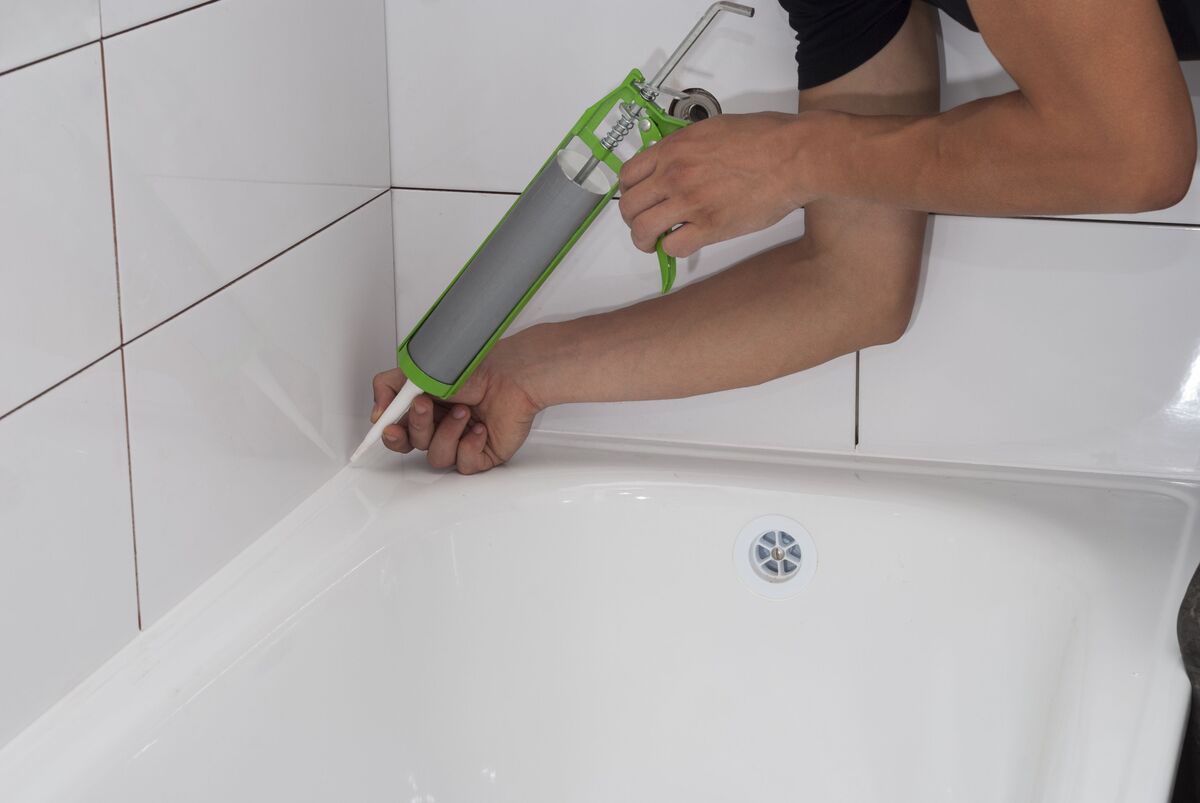
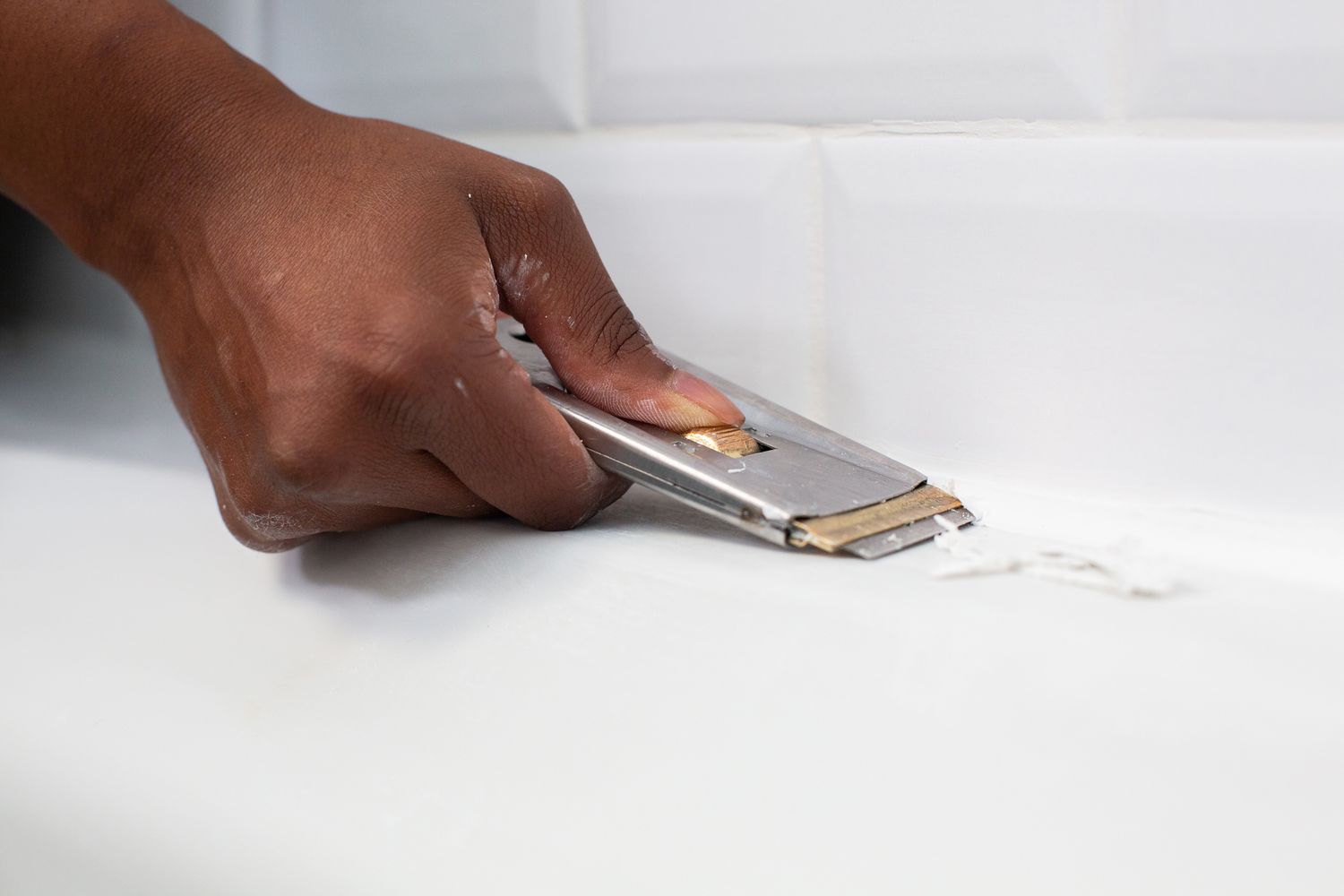
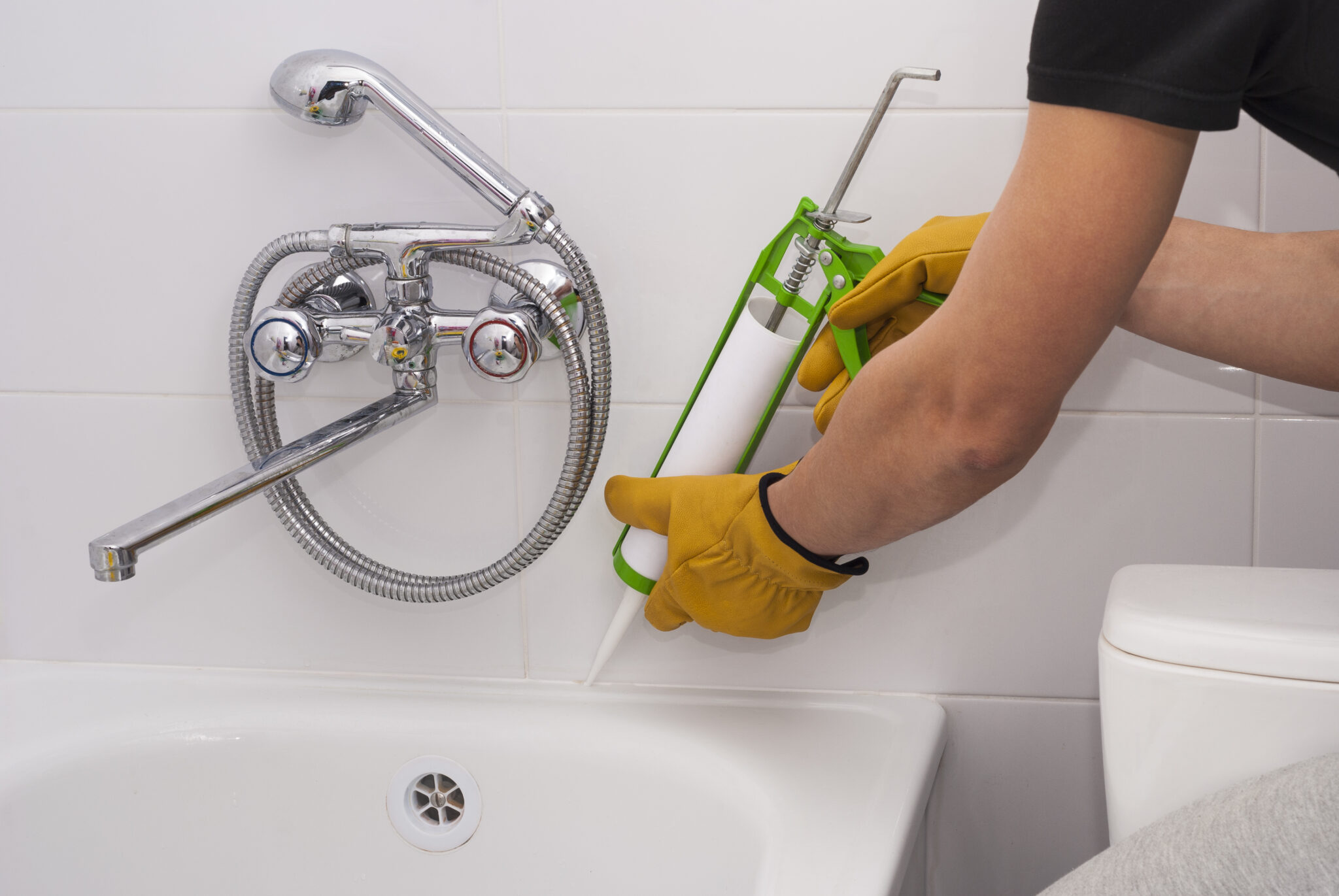
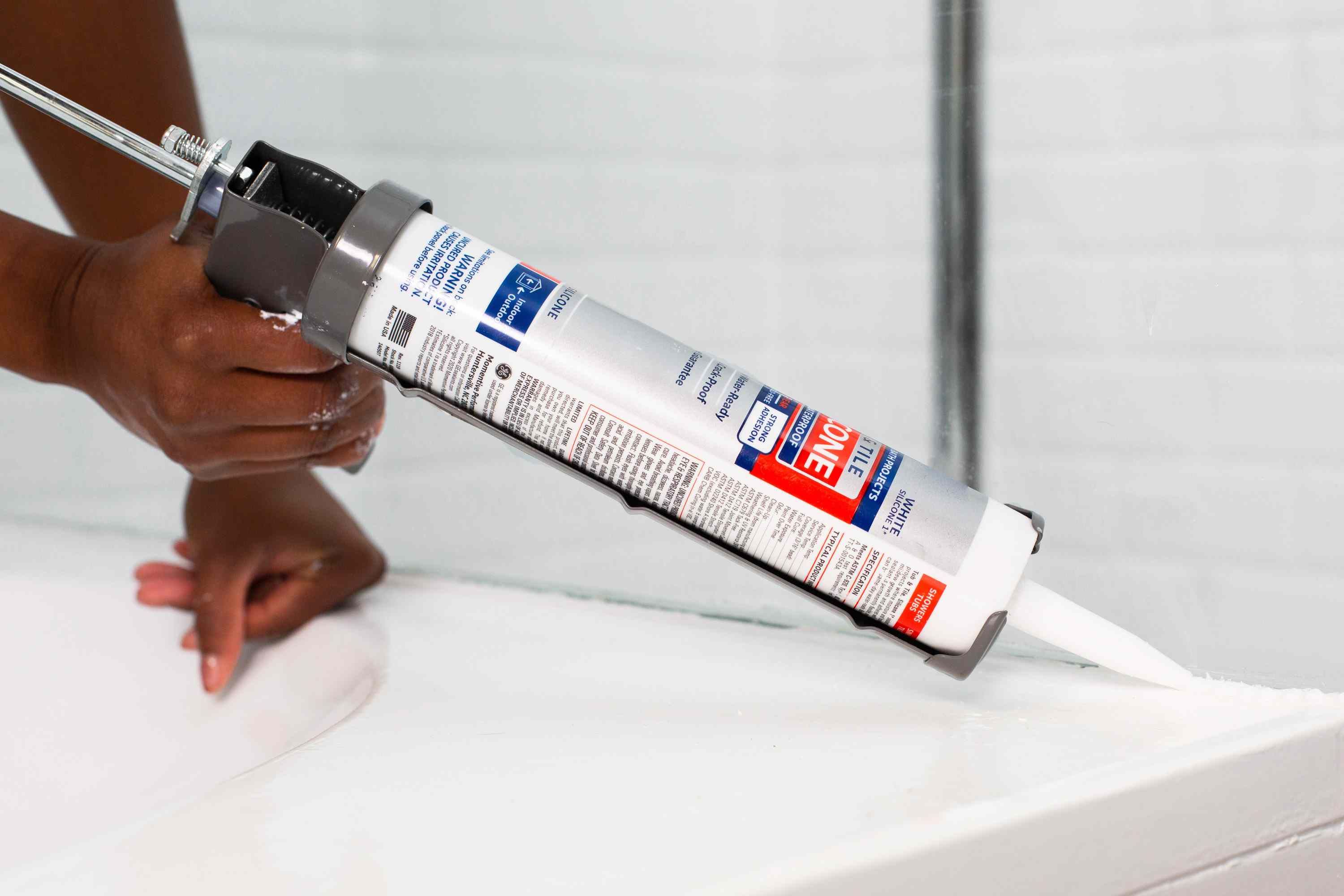
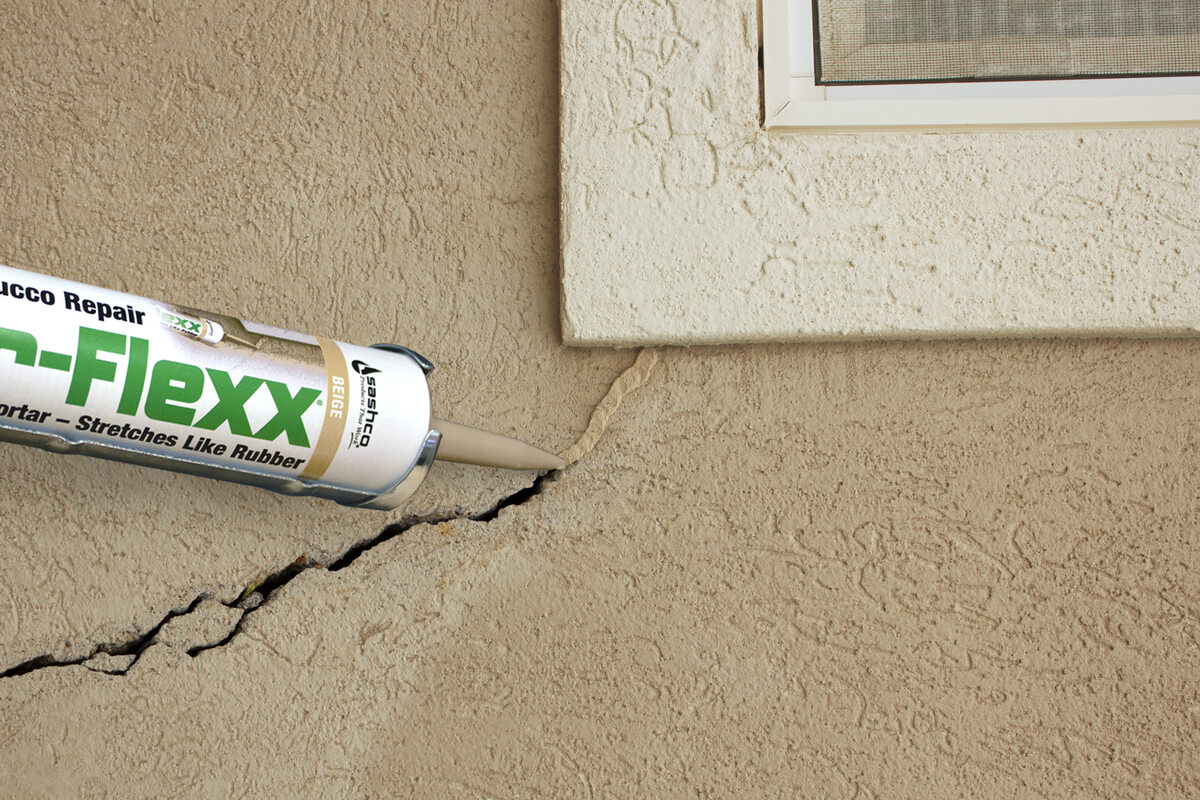
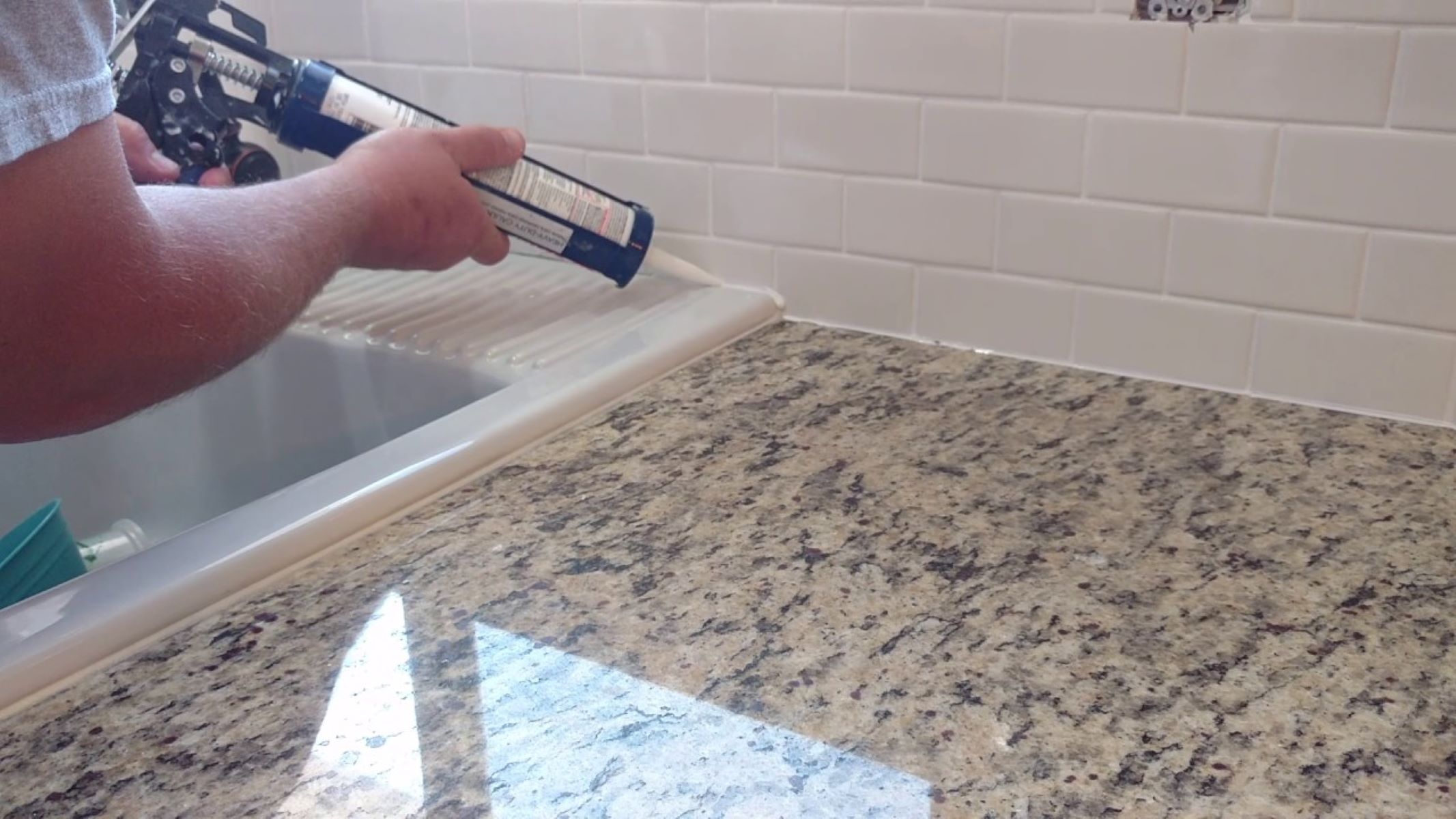
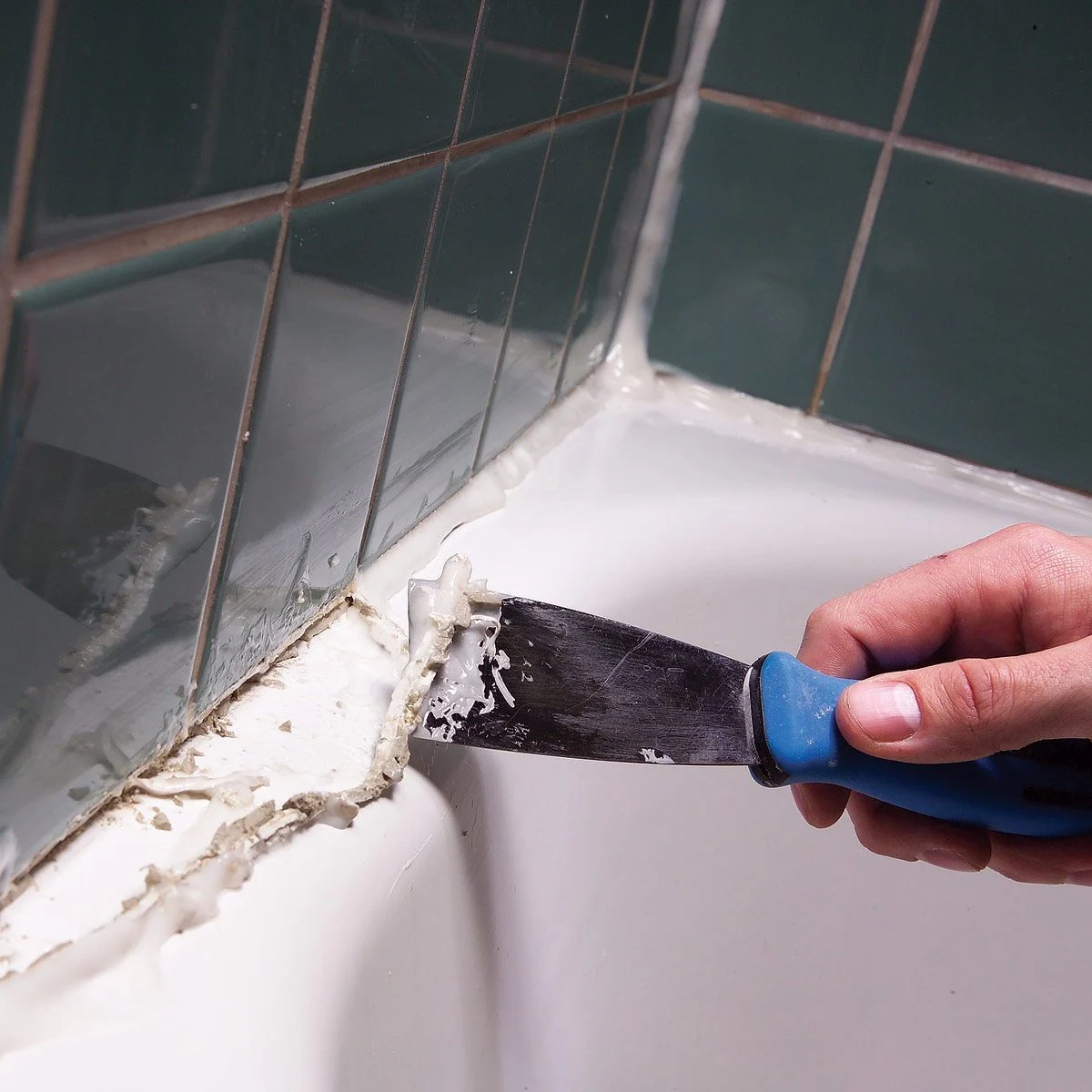
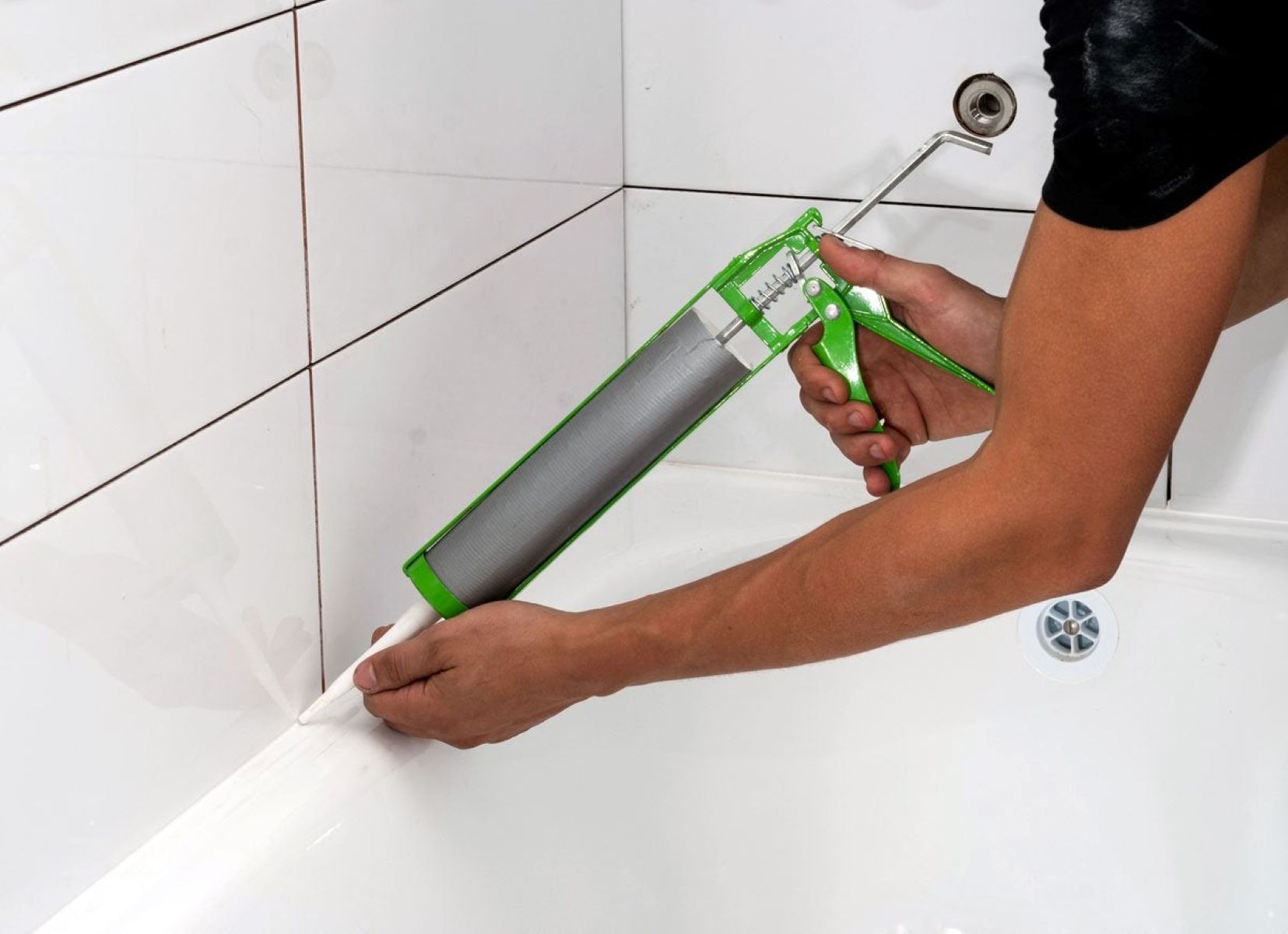
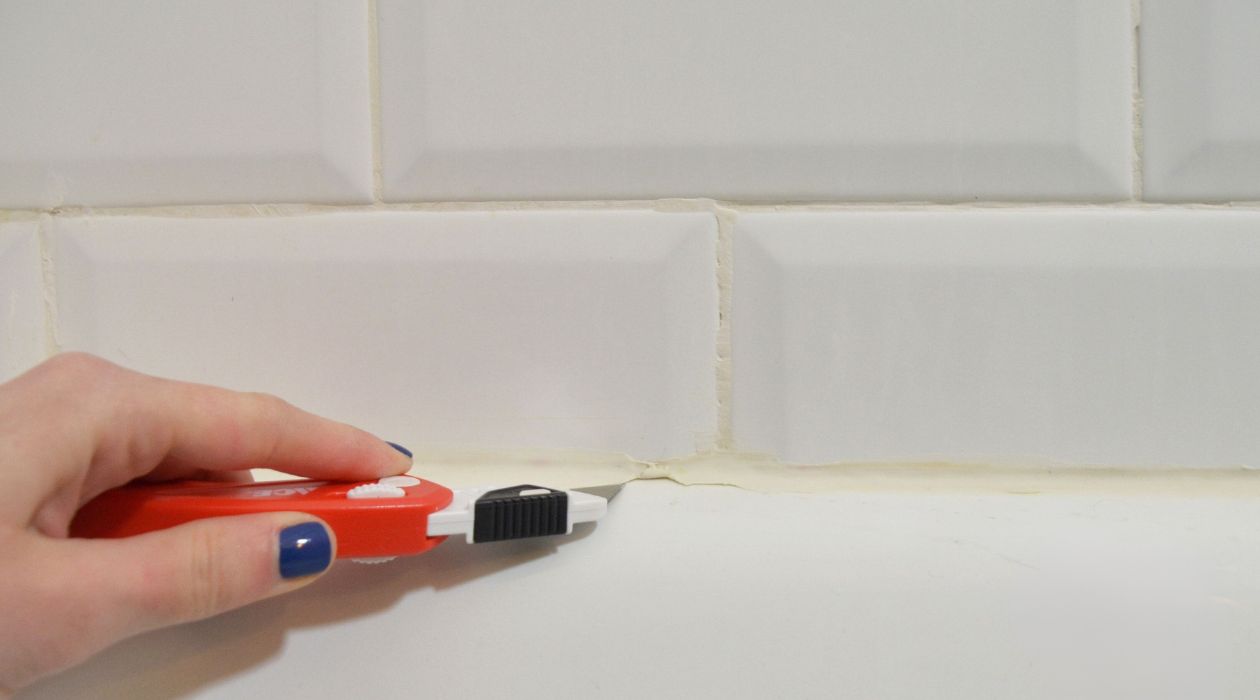
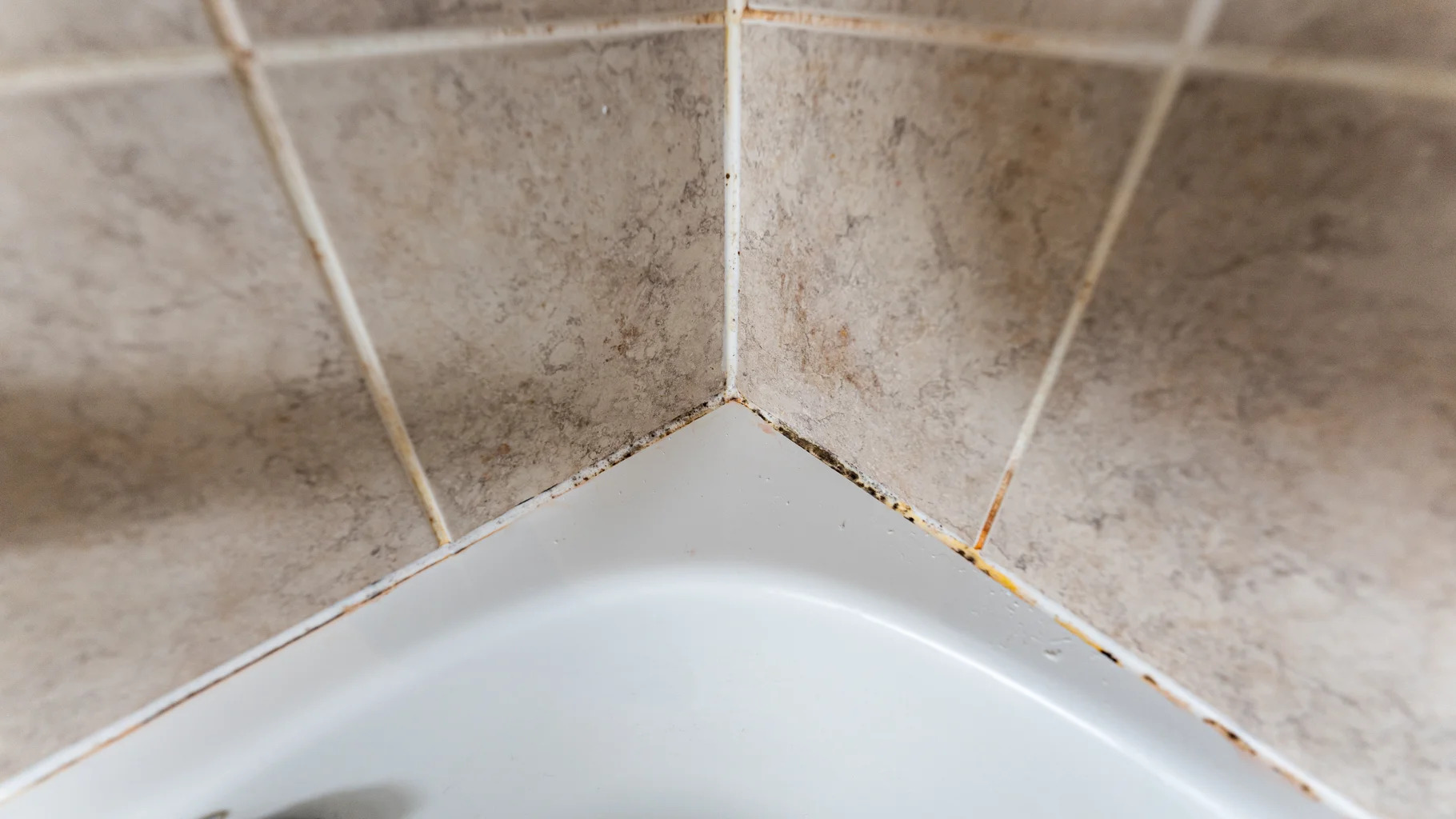

0 thoughts on “What Caulk To Use On A Bathtub”